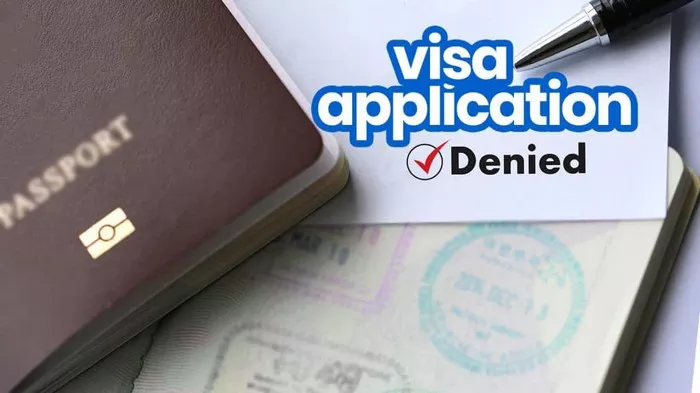In a stark revelation, the United States witnessed a record-breaking surge in student visa denials last year, rejecting over 250,000 applications, a figure marking the highest denial rate in two decades. This rejection tally accounted for approximately 36% of all submissions made in the previous year.
According to a report released by the Cato Institute, a prominent U.S. public policy research organization, on March 19, the total issuance of student visas, known as F-1 visas, surpassed 445,000 in the last year, indicating an uptick of about 34,000 from the preceding year. Nevertheless, concomitantly, there was a notable rise in the number of visa denials, increasing by 30,000 year-on-year.
The denial rate for student visas in 2023 reached 36.3% of all applications, marking the highest level since 2013. This escalation underscores a substantial doubling of the rejection rate for student visas in the U.S. over the past decade, compared to a rate of 15% in 2014.
David J. Bier, the associate director of immigration studies at The Cato Institute, emphasized that the U.S. State Department does not delineate the specific reasons for student visa denials. However, he pointed out that nearly all nonimmigrant visa denials are typically attributed to the failure to establish “nonimmigrant intent,” indicating the desire not to permanently relocate to the United States.
Bier elucidated that applicants are required to demonstrate strong ties to their home countries, compelling them to return upon completion of their visit’s purpose. However, he noted a lack of consistency in the application of the subjective standard of nonimmigrant intent by consular officers.
One of the prerequisites for obtaining an F-1 visa is acceptance into a U.S. university. The Cato Institute highlighted that, on average, a student must allocate $30,000 annually for tuition and living expenses. Consequently, the U.S. refusal of 253,355 student applications translates to a potential loss of approximately $7.6 billion per year in tuition and living expenses, amounting to $30.4 billion in economic benefits lost over four years.
Furthermore, the report by the Cato Institute underscores a significant gap in denial rates for F-1 visas compared to other temporary visas, with the rejection rate for student visas nearly double that of all other visa categories since 2021.
Recent data from the Institute of International Education (IIE) reveals that for the academic year 2022-2023, the U.S. hosted approximately one million international students from over 200 countries and territories. Among them, Vietnamese students constituted a significant portion, with 21,900 students enrolled.
The statistics indicate a preference for STEM (Science, Technology, Engineering, and Mathematics) fields among international students, with 55% pursuing degrees in these disciplines. Notably, 47.6% of Vietnamese students opt for STEM fields, while approximately 25% choose majors in Business and Management.
Tuition fees at U.S. universities vary between $28,000 and $46,000 annually, depending on the institution’s nature, whether public or private. International students are permitted to work part-time for a maximum of 20 hours per week. Upon graduation, they can extend their stay in the U.S. for up to 12 months under the Optional Practical Training (OPT) program. In certain STEM fields, international students may further extend their OPT for an additional 24 months, enabling them to remain in the country for a total of 36 months post-graduation.


